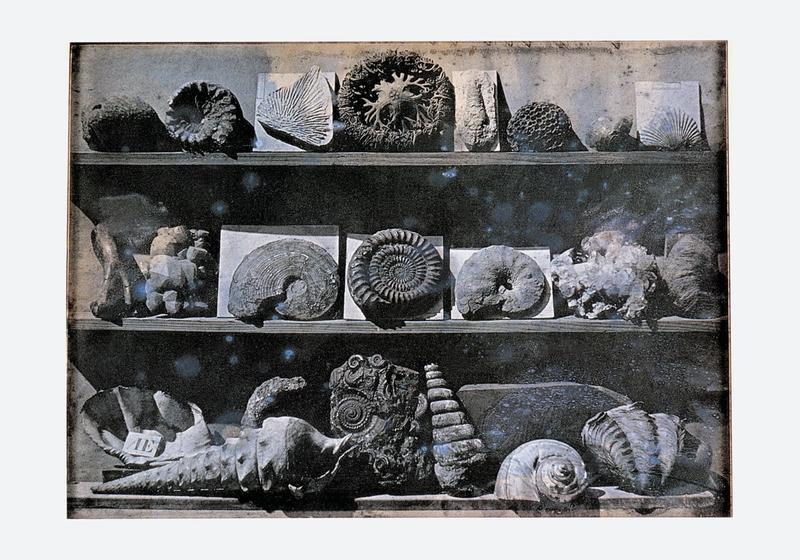Case Study of a Non-Dualistic Modernity
In this article, Stavrinaki focuses on a single daguerreotype, Shells and Fossils, one of the first produced by one of the inventors of photography. Applying close reading to this case study, Maria Stavrinaki reflects on the significance of fossils in one of the earliest manifestations of an entirely new medium. In her article, she seeks to break with conventional divisions: photography as either a purely optical or analogically tactile system, as embodying a modernity of acceleration and progress in an age delving into discovery of long time and as illustrating the strategic choice between representation of “still lifes” in the literal sense and an epistemological enterprise. Stavrinaki proposes a conception of modernity that is resolutely non-dualistic and therefore still open to the present.

Maria Stavrinaki teaches art theory and history at the University of Paris 1 Panthéon-Sorbonne. She is interested in the intersections of modern and contemporary art with the humanities and political thought, focusing on questions of time and history, which tend to displace normative narratives about modernity. She has worked on prehistory as a modern invention, resulting in the book Saisis par la préhistoire. Enquête sur l’art et le temps des modernes (Dijon, 2019). She also co-curated the exhibition Préhistoire. Une énigme moderne. She currently studies the “atomic age” and the multiple regimes of historicity of the 1950s.
Keywords: Louis Daguerre, photography, fossil, prehistory, astonishment, modernity
Citation: Maria Stavrinaki, « Daguerre, Coquillages et fossiles, 1839. Étude de cas sur une modernité non dualiste », Transbordeur. Photographie histoire société, no. 6, 2022, pp. 122-135.